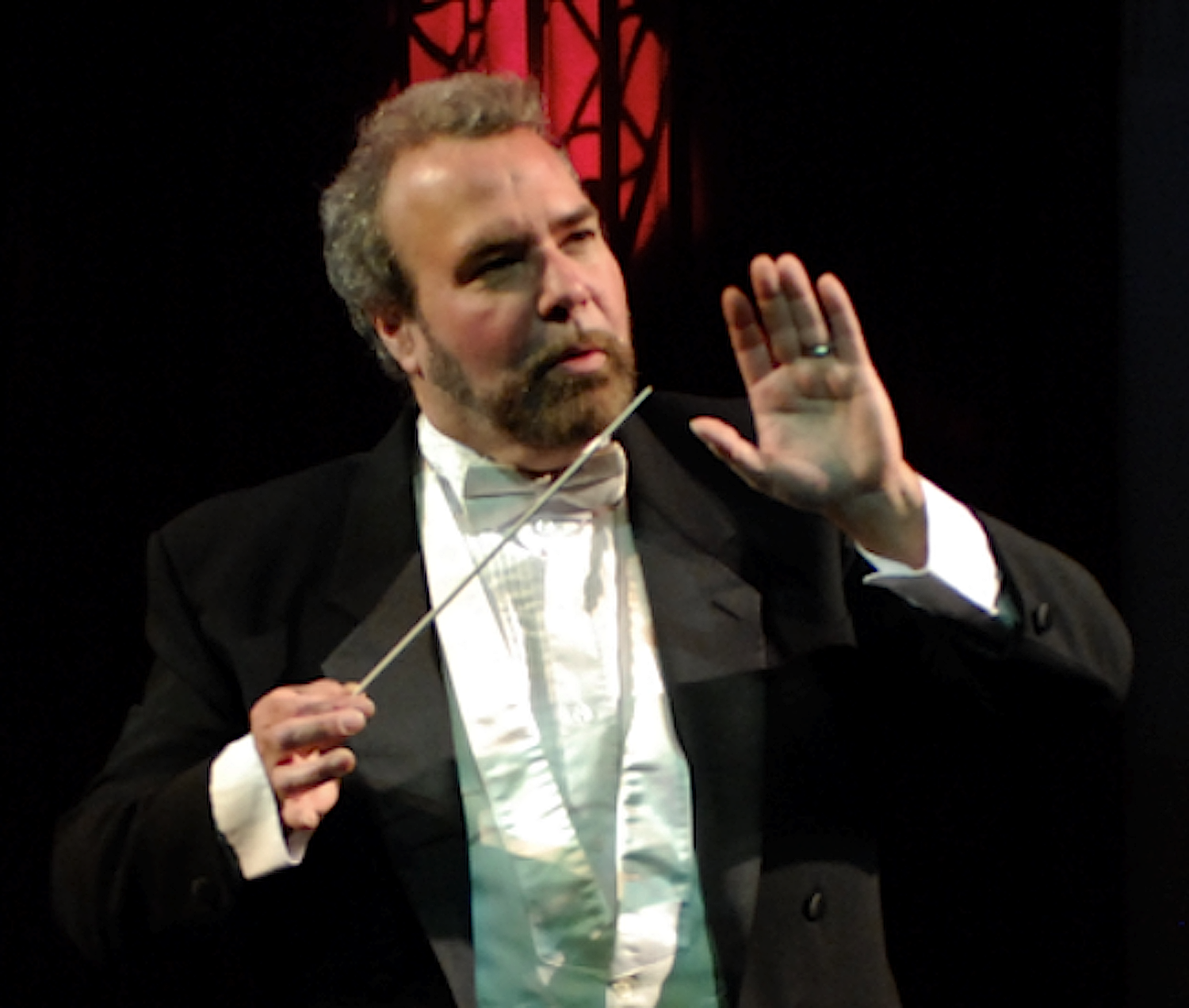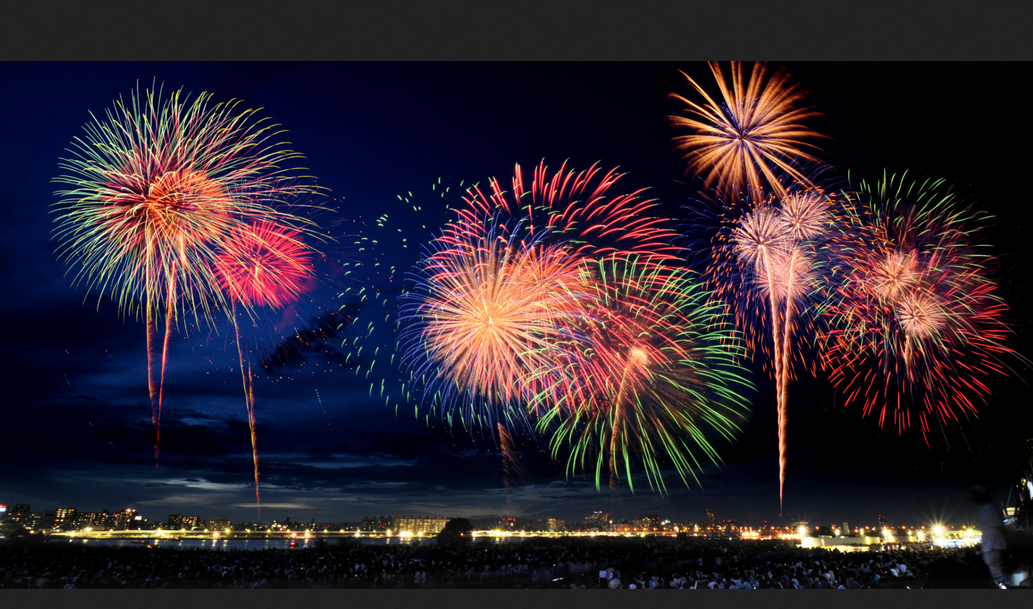 "...an accomplished actor...uniquely qualified..."—Chicago Tribune
"...an accomplished actor...uniquely qualified..."—Chicago Tribune
Thoughts on the “FIREWORKS MUSIC”
by Gordon Jones
 “That night, there were fireworks over the bay...As I had so many times before, but never would again, I named the shells as they exploded and opened so beautifully over my head...”
“That night, there were fireworks over the bay...As I had so many times before, but never would again, I named the shells as they exploded and opened so beautifully over my head...”
With these words, playwright David Katz, in the guise of the character he calls The Apprentice, begins the Fireworks Music, what might be the most memorable and unique part of his one-man play, MUSE of FIRE.
Fireworks were a regular part of summer celebrations in Maine during the years Katz attended the Pierre Monteux School. Music students would gather on lawns or in parking lots in Bar Harbor or other coastal communities to enjoy the show as it erupted out over Frenchman Bay. As each shell exploded, the playwright and a group of his friends would call out the name of the composer whose music they thought best matched the color, shape, or force of each fusillade. A huge shimmering chrysanthemum, all gold and glitter, might elicit a call of “Ravel!”; a ground-shaking explosion, “Beethoven!” At the end, during the finale, name upon named joined shell after shell as they ignited in the darkened sky at a furious pace, seeming to add a whole other canopy of temporary stars to the real ones that much more distant.
In MUSE of FIRE, Katz conflates the memory of the sights and sounds of those evenings of fireworks with the actual music of the composers he names. One after another, the music of each composer is heard on the soundtrack. Sometimes, the quotation is obvious, even to the most casual classical music listener. At other times, the excerpts are less easy to identify by name, but the emphasis is always on pieces that were the backbone of musical studies at the Monteux School in those years: the great romantics, French composers, early twentieth century classics. Sometimes the works are heard in juxtaposition, as at the beginning, where compositions by Ravel, Rachmaninoff and Beethoven overlap one another and then recede, in much the same way a firework opens, flares, and then expires, followed quickly by another.
At other times, the music of one piece spills into the next, more likely connected by tempo or energy rather than by period, style or nationality. These links are often subjective, the result of Katz’s nearly forty years of listening, conducting and remembering. Surely only a conductor/composer could hear in pieces as diverse as Ravel’s Daphnis and Chloe, Smetana’s Bartered Bride, Reznicek’s Donna Diana and Mendelssohn’s Scotch Symphony a thread that binds them all. But in performance the results of these musical collisions can sound inevitable.
The Fireworks Music can also be understood in a different way. Within sight and hearing of the display, a great conductor lies dying. In the delirium of his illness, memories of a lifetime of music—of literally thousands of concerts played and conducted—are jumbled together in his mind: Janacek, Franck, Saint-Saens, Berlioz, Bartok—their music enters or recedes, is clearly recognized or barely audible. At the climax, the Fireworks Music weaves music from the Nielsen “Inextinguishable” Symphony, the Mahler 4th Symphony, the Berlioz Symphonie Fantastique, and the Sibelius 5th into an audible fabric. At last, one final new voice is heard. As the great man dies, a few seconds of purity in the cleansing G major of Mozart’s The Marriage of Figaro brings the Fireworks Music (and the life of the sorcerer) to a gentle close.
Is the Fireworks Music a new composition? It is surely more than mere pastiche: the selections have been chosen with too much care. Certainly the technique of its creation is not new. One need only remember the first flowering of so-called “electronic” music in the 1950s to find a precedent, when composers such as Vladimir Ussachevsky and Otto Luening combined pre-recorded elements on tape to create new compositions. That technique was called “musique concrete”, and although Katz does not manipulate his materials by adjusting the speed or direction of the excerpts, as those composers did, the Fireworks Music is surely some sort of latter-day relative.
